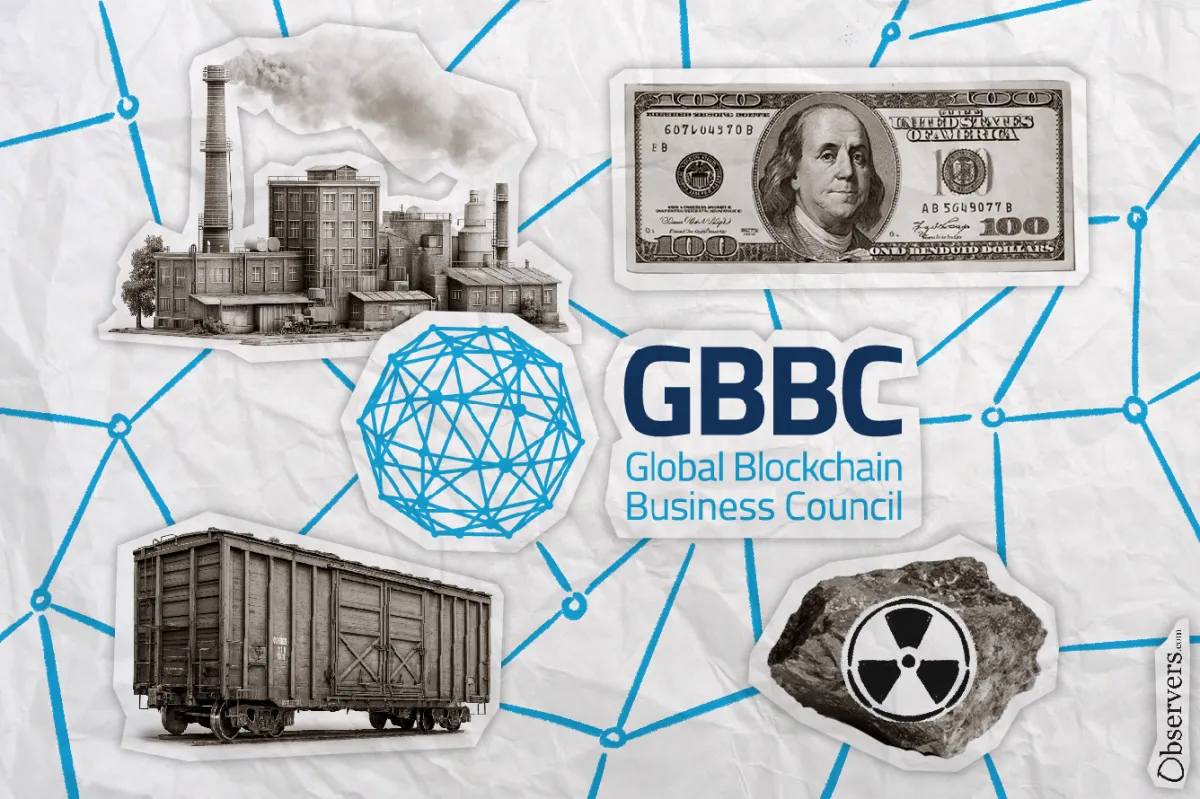
The Global Blockchain Business Council (GBBC) has released its 2025 Real-World Blockchain Use Cases Handbook, a sweeping catalog of 101 active implementations of blockchain technology across industries. In an industry often driven by hype, this report offers a valuable opportunity to pause and examine the real use cases, promising experiments, and enduring projects that have persisted through market cycles.
GBBC has positioned its Handbook as a response to a question it’s often asked: “What is real in blockchain?” The report draws directly from the organization's global member and partner base to showcase concrete, operational projects. From public sector pilots in Kenya to tokenized uranium markets in Europe, the scope is wide—and it’s growing.
From Fringe to Framework
Blockchain came to disrupt legacy finance structures. Unsurprisingly, financial applications take the largest share of the 101 entries, accounting for about a quarter of all use cases. These range from tokenized money market funds and digital custody platforms to blockchain-based credit scoring systems.
But the tone has shifted. More projects now emphasize regulatory compliance, integration with existing infrastructure, and adoption by traditional institutions. The Handbook’s clearest signal is how far the technology has traveled from its renegade roots—into regulated markets, legacy systems, and public-sector infrastructure.
This shift is especially visible in infrastructure projects aiming to bridge the gap between Web3 and traditional finance. Platforms like Clearstream’s D7 and DTCC’s Digital Securities Management (DSM) platform—often dubbed the “Digital Launchpad”—are building the foundations for regulated asset tokenization at scale.
Hedera’s Asset Tokenization Studio offers a low-code environment for institutions to issue and manage digital assets with compliance in mind.
Meanwhile, Chainlink and Nexera are gaining traction as tokenization primitives, as more complex financial products and services move on-chain. These initiatives reflect a growing trend: blockchain isn’t just about disrupting financial infrastructure—it’s quietly being woven into it.
Supply chain solutions and tokenization projects, especially for real-world assets or RWAs, each make up roughly 15% of the list. Public sector and digital identity initiatives follow closely behind, as governments begin to experiment with permissioned chains and verifiable credentials.
Environmental applications—including carbon credit platforms, biodiversity tokens, and decentralized monitoring—represent a growing but still niche portion, roughly 8% of the total.
When Blockchain Organizes People
Among the most original entries are projects that use blockchain as a kind of invisible arbiter.
NutriChain Zambia tokenizes school meals to ensure transparent food distribution. In Kenya, Mercy Corps is experimenting with “anticipatory aid,” where funds are automatically released to pastoralist communities when drought conditions are detected by sensors. Regen Network’s Biocultural Jaguar Credits marry blockchain, ecology, and Indigenous land rights.
In Europe, Archax has tokenized physical uranium (U3O8) on the Tezos-based Etherlink blockchain, opening up spot uranium markets for retail investors with $1 entry points.
Meanwhile, Soramitsu is building fraud detection infrastructure, merging blockchain with real-time analytics to preempt suspicious patterns for companies in technology, media, and telecommunications. The “fraud blockchain” allows them to exchange and aggregate data from diverse sources to detect threats early.
Other use cases are almost deliberately unsexy, but no less impactful: RecycleGO uses blockchain for supply chain carbon accounting, and CattleProof Verified digitizes cattle identity to reduce fraud in U.S. livestock markets. These examples may not grab headlines, but they offer strong use cases where blockchain’s attributes—traceability, immutability, automation—clearly outperform existing systems.
A Marked Shift from Last Year
Compared to previous GBBC reports, the 2025 edition marks a distinct shift. There’s less emphasis on pilots or potential applications and more focus on systems in active use. Tokenization use cases, in particular, have evolved from simple equity or NFT projects to fully regulated commodity and energy products. Unlike earlier years, the report now features projects with real users, audited results, and government integration.
There is also a noticeable pivot toward composability and interoperability. Many solutions—especially in finance and tokenization contexts—are designed to work across different ledgers, often combining blockchain with traditional infrastructure.
Permissioned blockchains still dominate real-world deployments. Especially in regulated industries like finance, energy, and public administration, private ledgers are favored for their access controls and compliance integration. That said, permissionless chains—particularly Ethereum and Polygon—are well represented in tokenization, DeFi, and environmental markets.
This year’s list also includes a wider range of high-profile contributors. Financial giants like J.P. Morgan, Deutsche Bank, Nasdaq, DTCC, and Standard Chartered appear alongside global institutions such as the World Bank, United Nations agencies, and the Asian Development Bank. National bodies like the Bank of England, the Qatar Central Bank, and several U.S. state governments are also featured.
Beyond the Buzzwords
If the Handbook proves anything, it’s that blockchain’s real value lies not in disruption, but in quietly rebuilding the invisible layers of systems people already depend on. Many of the use cases featured do not look like “crypto” at all. They look like better logistics, cleaner data, and fairer payments.
For policymakers, investors, and regulators still asking “Where’s the real-world impact?”, GBBC’s 2025 Handbook answers with 101 examples—and a clear message: keep Observing.

